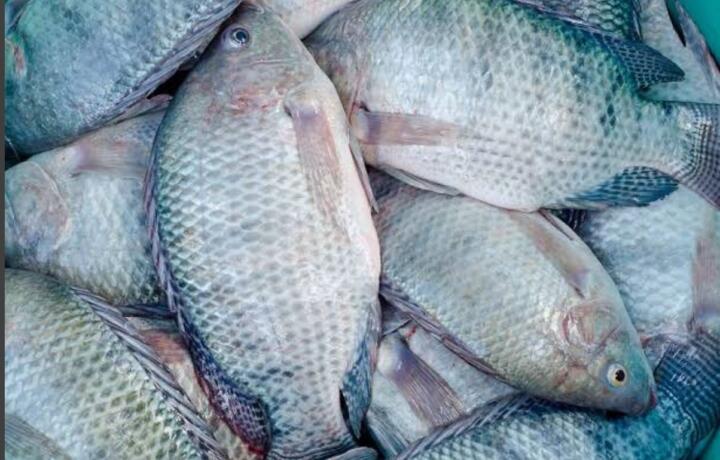Residents of the Federal Capital Territory (FCT) have raised concerns over the persistent surge in fish prices, which they say is straining household budgets and pushing a staple protein source beyond the reach of many families. The development comes at a time when food inflation remains one of the country’s most pressing economic challenges, despite recent reports of marginal improvements in headline inflation.
In several markets across Abuja, including Wuse, Garki, and Nyanya, fish sellers confirmed that prices have nearly doubled in the past six months. A kilogram of frozen mackerel, popularly known as “Titus,” which sold for between ₦1,200 and ₦1,400 early this year, now goes for as much as ₦2,300 to ₦2,600, depending on the location. Similarly, catfish prices have soared, with medium-sized ones averaging ₦5,000 to ₦6,500, while larger sizes sell for well over ₦8,000. Tilapia, once a relatively cheaper option, now costs between ₦3,500 and ₦4,500 per kilogram, leaving many buyers frustrated.

Traders attribute the price hike to multiple factors, including high transportation costs, foreign exchange volatility, and reduced local fish production. Many importers rely on foreign suppliers to meet Nigeria’s growing demand for frozen fish, especially mackerel, herring, and croaker. With the naira under pressure against major currencies, the cost of importation has escalated, and the burden is being passed directly to consumers.
A fish trader at Garki Market explained that the increase in fuel prices has also played a major role in pushing up costs. “We spend more transporting frozen fish from Lagos ports to Abuja because diesel and petrol are expensive. Cold storage facilities also run on generators due to irregular power supply, and that adds to overhead costs,” he lamented.
For local fish farmers, rising feed costs remain the biggest challenge. Fish feed, largely imported or made with imported ingredients such as soybeans and maize, has become more expensive in recent months. Farmers complain that production costs have risen by over 60 percent, making it nearly impossible to sell at affordable rates while still breaking even.
Consumers, on their part, are forced to either cut back on fish consumption or switch to cheaper protein alternatives such as beans, eggs, or frozen chicken. A civil servant in Wuse said her family now eats fish only once a week instead of three times. “Fish is supposed to be the cheapest and healthiest protein for children, but with these prices, we can’t afford it as much as before,” she said.
Nutritionists have expressed worry that the rising cost of fish could worsen malnutrition levels, especially among children and low-income households. They argue that fish provides essential nutrients and proteins needed for growth and health, and its scarcity or unaffordability could lead to negative long-term effects.
The situation has also revived debate about Nigeria’s dependency on imported fish. According to recent government data, Nigeria spends over $1.2 billion annually on fish imports to bridge the supply gap. While the country’s inland waters and aquaculture potential remain underutilized, experts say policy inconsistencies and lack of support for fish farmers have hindered local production.
The Federal Government has recently emphasized the need to boost domestic fish farming as part of its food security strategy. Initiatives under the Ministry of Agriculture and Food Security are expected to provide subsidies for fish feed, improve access to financing, and invest in cold chain infrastructure. However, farmers insist that unless these policies are implemented effectively, the cost of fish will continue to rise.
Some stakeholders also called for stricter regulation of fish imports to stabilize supply and prevent exploitative practices by middlemen. The Nigerian Customs Service, in collaboration with other agencies, has been urged to streamline port processes to reduce bottlenecks that add to importation costs.
Meanwhile, residents of Abuja say they hope government intervention comes swiftly, as the current prices are becoming unbearable. Traders also fear that if the trend continues, demand will drop drastically, leaving them with unsold stock and further losses.
The soaring cost of fish adds to the list of food items whose prices have surged in the past year, including rice, bread, and vegetable oil. While government officials have promised a gradual easing of inflationary pressures, for many FCT residents, the immediate reality is that fish, once a daily staple, is fast becoming a luxury item.
Support InfoStride News' Credible Journalism: Only credible journalism can guarantee a fair, accountable and transparent society, including democracy and government. It involves a lot of efforts and money. We need your support. Click here to Donate
